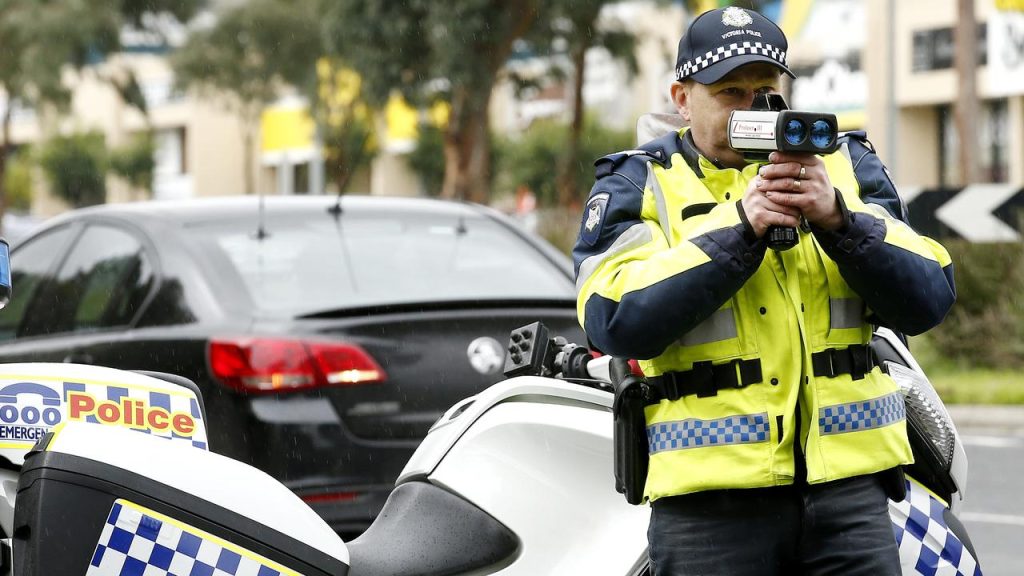Simply put, IVMS is not police equipment. So what is the difference?
Police equipment is highly calibrated and certified equipment that needs to stand up in a court of law on a single event, IVMS is simply not made for that. GPS (the heart of any IVMS system) can be affected by a number natural factors in the environment, for more information refer to this link.
So how should IVMS be used and has IVMS been used in court cases? IVMS certainly can and has been used in court cases, but it is more based on a ‘pattern of behaviour’ than on a single incidence. Whereas police radar is accurate every time, IVMS equipment indicates a pattern of behaviour from where a legal conclusion can be made. Here is an example for recorded speed measurements:
If we look at speed detection, 10 seconds apart, shown as: 60 61 60 63 62 89 61 64 68
then there is at least some chance that the 89 was an error (known as a “GPS jump”, or as a temporary loss of signal), as very few drivers would within 20 seconds accelerate from 62km/h to 89km/h and then back to 61 km/h.
If however we get the following, then things change: 60 61 60 63 62 89 91 87 89
The benefit of the doubt can be removed in this case, as the driver has shown a speed in excess of 80km/h for 40 seconds – it can no longer be attributed to a short term, external interference.
Even if the IVMS unit was accurate throughout the readings obtained in the first instance, then consideration needs to be given to the fact that temporary road conditions (such as passing a long truck) may have necessitated the driver to accelerate to a speed well over the speed limit. This aspect has been an ongoing point of dispute in courts and our advice to our IVMS customers would be to avoid the point by always allowing for reason and to look at a trend, rather than a single occurrence.
Digicore has the ability to provide our customers with long term trend data: we can go back for several years and show how, for instance, seat belt usage at a particular site has changed, or how a speed limit enforcement program has succeeded – contact us for more information.

 “In the civil & mining sector, efficiency and safety are our top priorities. Digicore has been a cornerstone of our operations, providing us with cutting-edge IVMS solutions. What impresses us the most is their ability to comprehend our unique challenges and design solutions that are both effective and cost-efficient. Their after-sales support is exceptional - always reachable, always proactive. It's a pleasure to partner with such a trustworthy, 100% Australian owned company.”
“In the civil & mining sector, efficiency and safety are our top priorities. Digicore has been a cornerstone of our operations, providing us with cutting-edge IVMS solutions. What impresses us the most is their ability to comprehend our unique challenges and design solutions that are both effective and cost-efficient. Their after-sales support is exceptional - always reachable, always proactive. It's a pleasure to partner with such a trustworthy, 100% Australian owned company.”
 “We have worked with Digicore for over the last 10 years and at every stage they have come up with innovative and price effective ways in which to help our business. As we grew, our demands grew and Dan from Digicore continued to provide excellent service and the best products.”
“We have worked with Digicore for over the last 10 years and at every stage they have come up with innovative and price effective ways in which to help our business. As we grew, our demands grew and Dan from Digicore continued to provide excellent service and the best products.”
 “I want to say thank you for the phenomenal service and input Digicore has had, it has been particularly helpful in providing input to our business IVMS plans. Your team were incredibly professional and Digicore IVMS 2.0 is a very impressive solution.”
“I want to say thank you for the phenomenal service and input Digicore has had, it has been particularly helpful in providing input to our business IVMS plans. Your team were incredibly professional and Digicore IVMS 2.0 is a very impressive solution.”
 “We started with a large tracking company and got locked in before discovering their units didn't have the functions we required. We switched to Digicore and we couldn't be happier. The product is excellent, pricing is very competitive but more importantly their product knowledge and support is second to none.”
“We started with a large tracking company and got locked in before discovering their units didn't have the functions we required. We switched to Digicore and we couldn't be happier. The product is excellent, pricing is very competitive but more importantly their product knowledge and support is second to none.”